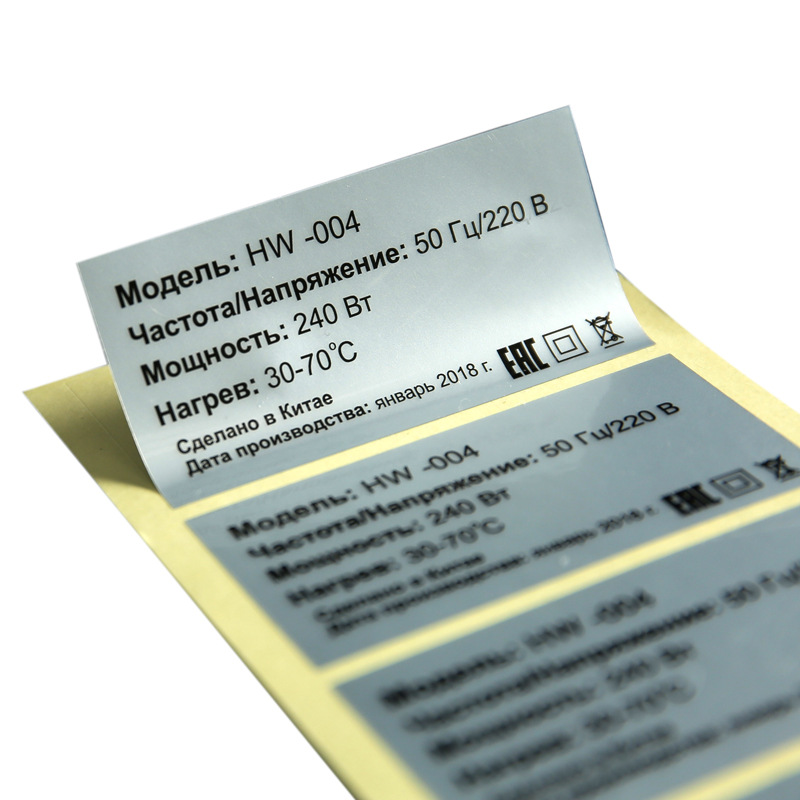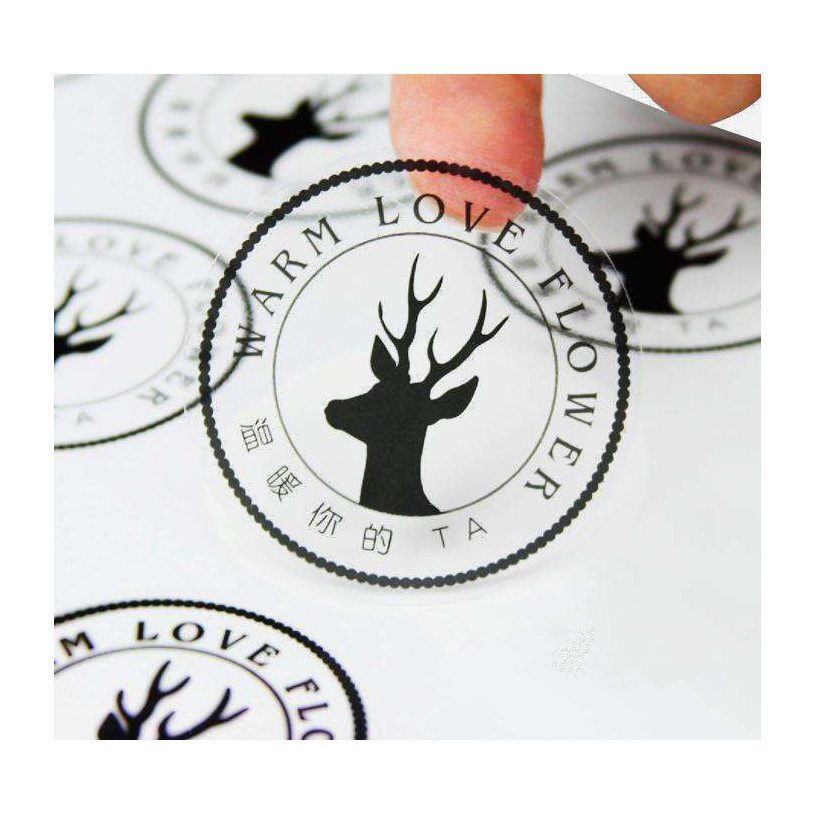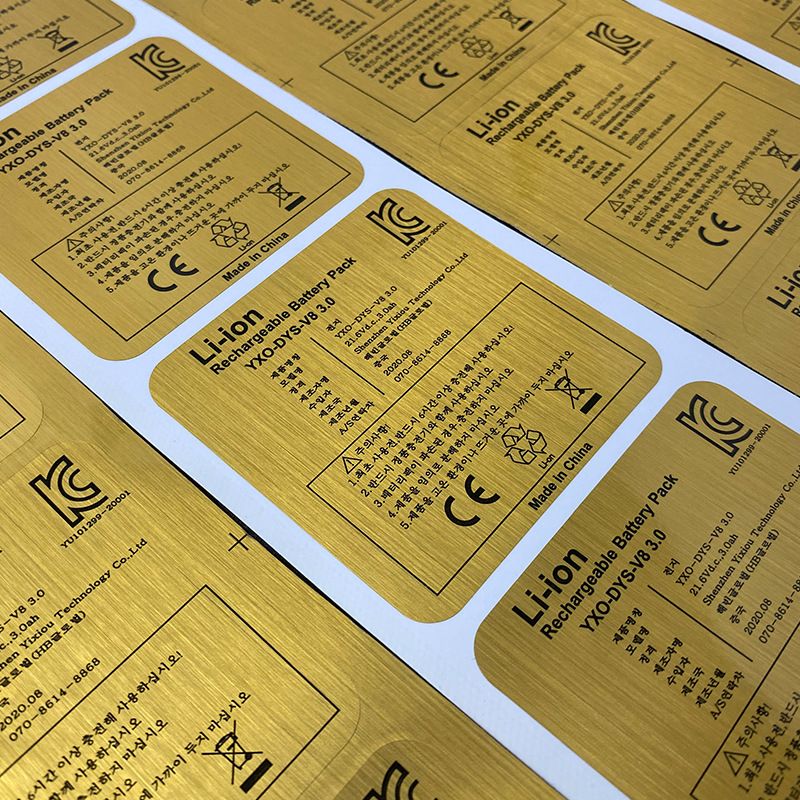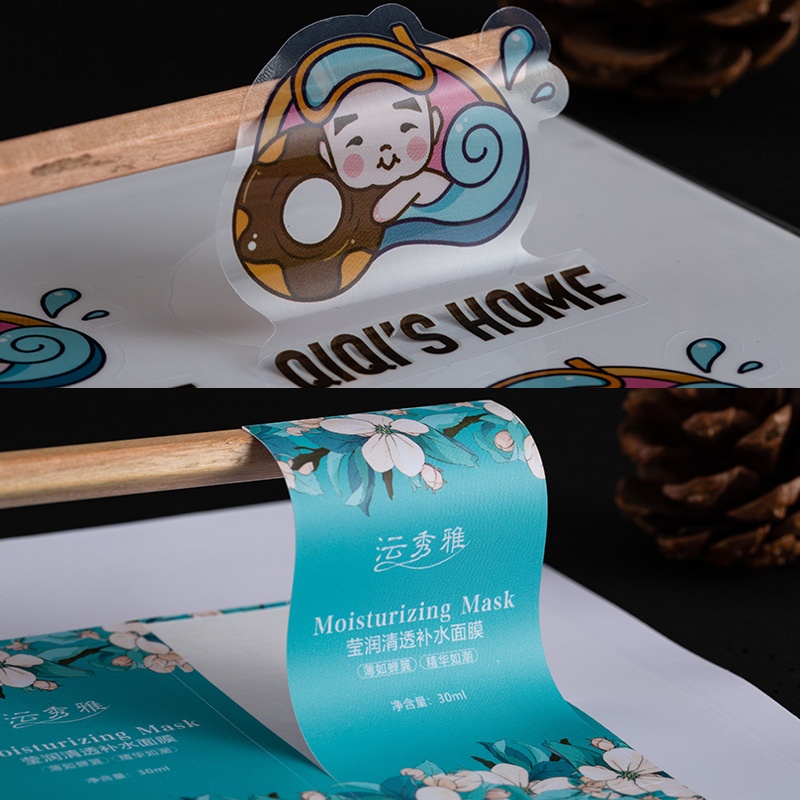Comprehensive Overview of Custom Packaging Options
In the current competitive market, companies seeking to improve their brand identification and attract customers must use effective packaging. Choosing the right materials, size options, and printing methods is essential to producing packaging that not only keeps goods safe but also stands out. With an emphasis on materials such as art paper, kraft paper, PVC, textured paper, and PET, as well as different printing methods including 4-color printing, gold stamping, and silver stamping, this overview will examine the wide range of alternatives available for custom packaging.
Options for Materials:
1. Art Paper
Art paper is a great option for brilliant printing because of its superior surface quality and smooth finish. Its weight, which usually falls between 120 and 300 gsm, gives it a solid feel that raises the product’s perceived worth. Art paper works especially well for products that need vibrant colors and intricate graphics, which makes it perfect for high-end retail goods, cosmetics, and luxury goods.
2.Kraft Paper: Kraft paper is renowned for its exceptional resilience and organic, rustic look. It is an eco-friendly choice that appeals to those who care about the environment because it is made from unbleached pulp. Because of its versatility, kraft paper may be used for a wide range of products, including wrapping paper and shopping bags. Brands wishing to communicate sustainability in their packaging love it because it’s simple to modify with printing.
3.The synthetic plastic polymer known as PVC (polyvinyl chloride) is renowned for its flexibility and resilience. Products that need to be transparent, such windowed boxes or bags that display the contents within, are frequently packaged using this material. PVC is a great option for packaging that must withstand handling and shipping because it is waterproof and rip-resistant.
4.Textured Paper: Textured paper gives packages a tactile element. The paper’s distinct texture can improve how the goods within is perceived. Textured alternatives include embossed designs and felt and linen finishes. For luxury goods where the packing experience is equally as significant as the actual product, this kind of paper is perfect.
5.PET, or polyethylene terephthalate, is a robust and lightweight plastic that is frequently used in bottles, films, and food packaging. Because of its transparency, it’s perfect for protecting things while showcasing them. Because PET is recyclable, it satisfies consumer desire for environmentally friendly packaging solutions.
6.Other Materials: In addition to the widely used options, companies can investigate cardboard, foil, and biodegradable solutions; each material has advantages specific to the intended look and purpose of the package.
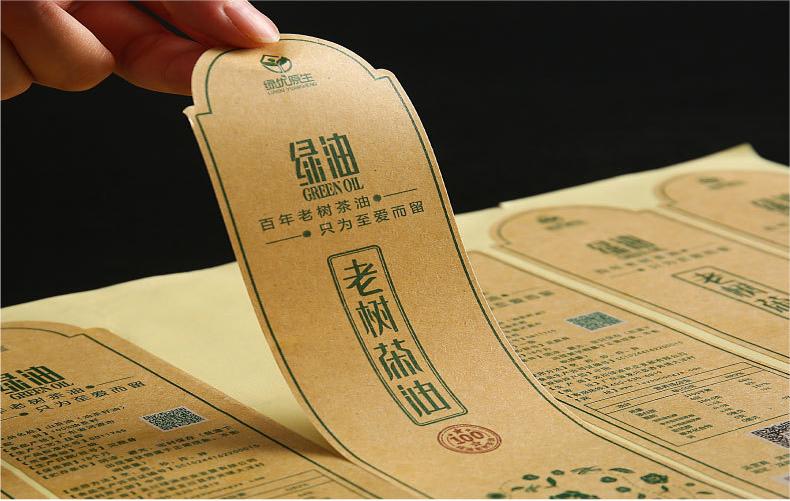
Options for Custom Sizes
The capacity to design items in any size is one of the major benefits of bespoke packaging solutions. The versatility in sizing guarantees that every box is customized to precisely fit its contents, whether they are larger things like clothing or smaller ones like jewelry. In addition to saving room during shipment, this personalization gives clients a better unwrapping experience and makes them feel appreciated.
Printing Options:
Use the following methods to precisely and stylishly print your personalized stickers:
4C Printing (Full Color): Make your stickers stand out with full-color printing, which produces detailed and colorful designs.
Gold stamping: Give your stickers a luxurious touch by adding a metallic, sophisticated finish.
Using silver stamping will give your design a refined appearance by producing a shiny, metallic effect.
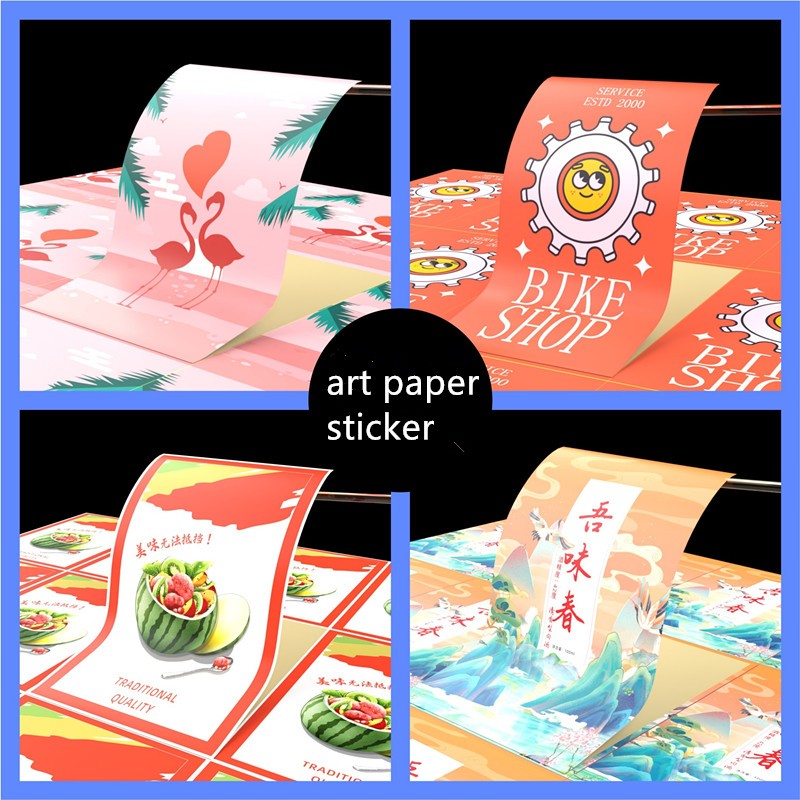
Here are some common uses of stickers:
- Product Labeling and Branding: Companies use stickers to label products with important details like barcodes, product names, and brand logos. Brand recognition and identity are enhanced by stickers.
- Packaging Seals: To guarantee that product packaging hasn’t been tampered with and to give it a polished, branded look, stickers are frequently used as seals.
- Promotional Materials: Stickers are a common promotional product that companies hand out at trade shows, events, or during marketing campaigns. They may include slogans, special offers, or brand messaging.
- Custom Stickers: To sell as merchandise, artists, musicians, and companies design stickers
- Decoration and Personalization: Stickers are a common way to add your own touch to items like notebooks, water bottles, phone cases, and laptops. They let people show off their personalities and passions.
- Vehicle Decals: Stickers are applied to vehicles for a number of reasons, such as message delivery, decorative accents, and brand promotion. Stickers are a common way for car enthusiasts to personalize their vehicles.
- Event Promotion: You can use stickers to advertise conferences, concerts, and other events. They can be distributed or displayed in public areas and are an inexpensive means of raising awareness.
- Tools for Education: In the classroom, educators use stickers to provide positive reinforcement to their students. They are frequently used to commend pupils for good behavior or accomplishments on worksheets, assessments, or charts.
- Health and Safety Labels: Stickers are used to inform people about possible risks, provide directions, or suggest safety measures. They are frequently seen on consumer goods, in public areas, and in workplaces.
- Identification and Organization: Stickers can be used to identify personal belongings, mark containers, or organize objects. They are useful for organization and clarity in homes, workplaces, and warehouses.
- Stickers are a common addition to scrapbooking, arts and crafts projects, and do-it-yourself projects. They provide a simple method for adding visual components to artistic endeavors.
- Presents and Cards: Stickers can be used to adorn envelopes, cards, and gift wrap, giving them a unique and joyous appearance.
When paired with the ability to generate unique sizes and a variety of printing processes, the versatility of different materials such as art paper, kraft paper, PVC, textured paper, and PET gives businesses the means to develop package solutions that have an effect. A wide range of branding and customer needs can be satisfied by these adaptable solutions, whether the goal is to be opulent, environmentally responsible, or functional.
Purchasing attractive, high-quality packaging is crucial in a time when first impressions count. Utilizing the adaptability of various materials and the inventiveness of unique designs, brands can improve the way their products are presented and give their clients experiences they won’t soon forget. Businesses can position themselves for success in a competitive environment by adopting these advances as the packaging landscape continues to change.


